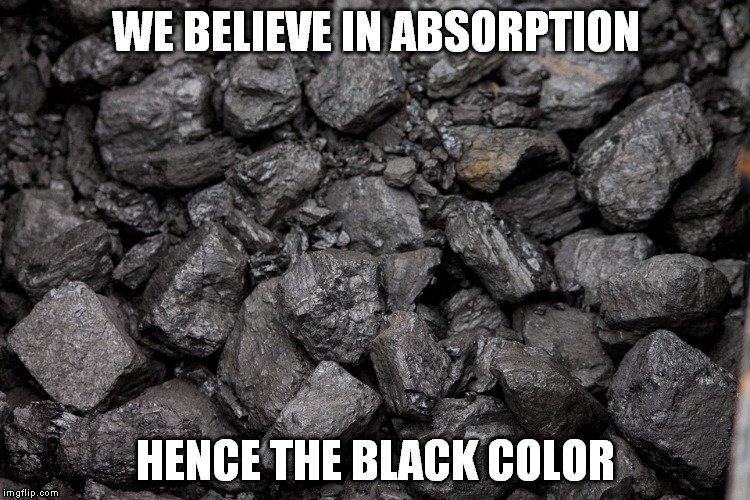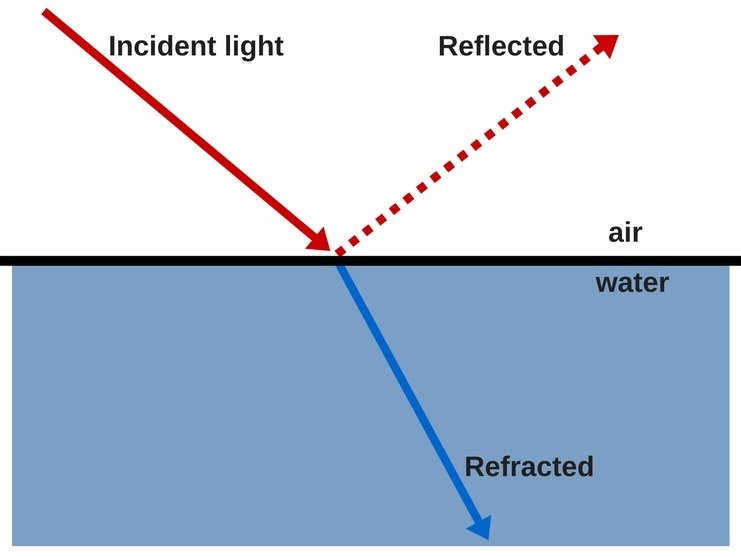Essentially, transparent objects are visible because they interact with light in a way that our brain can interpret. When light passes through a transparent object, it is bent and distorted. Our brain uses this information to determine the shape of the object, and thus the object appears visible to us.
Transparent objects let light pass through them, whereas opaque objects don’t.
This simple concept may be taught, projected, reprinted, reproduced or otherwise disguised with a painfully high amount of jargon and technical details, depending on the place and setting you’re in, but the fact remains the same.
What Are Transparent Objects?
Transparent objects let the light pass through them, without scattering it or altering its path. One can clearly see through these objects. Examples of such substances can be water and glass.
While many sources and materials discuss this fundamental characteristic of light, there remains a question that befuddles many curious minds. It goes something like this: we know that light passes through transparent objects, so objects that allow light to pass through them are invisible, right? Isn’t that the principle behind invisibility cloaks?
Given that, how can a transparent object – like glass – be transparent and visible at the same time?
Also Read: Why Does Grease Make Paper Translucent (Or Transparent)?
Different Ways Of Interacting With Light Rays
In real life, every object interacts with light rays in four basic ways. These are specular reflection, diffuse reflection, refraction and absorption.
In specular reflection, more simply known as reflection, light rays fall on a surface and most are then reflected in one direction (plain mirrors are the most common example of this). However, when light rays are reflected in more than one direction, it’s called diffuse reflection (light bouncing off non-glossy painted surfaces falls in this category). Absorption involves most of the light rays being absorbed by the material itself (think of a pitch-black piece of coal).

Finally, refraction involves the transmission of light rays through a material (water is a very good example of a refractive surface).
Almost all materials react with light in all four of the ways mentioned above. It’s just that, for most materials, there is always one way that is dominant over the other ways of light interaction. For example, let’s consider a plain mirror (that’s silver coated on one side).

The mirror certainly reflects a lot of light, so specular reflection is the most dominant form of its interaction with light rays. However, it should be noted that the mirror doesn’t reflect all the light that strikes it. There is always some light that’s absorbed; a very small part of the light rays even get refracted in regular mirrors.
Also Read: What Is The Law Of Reflection?
What Does This Have To Do With Transparent Objects And Invisibility?
The one interesting thing about these different types of material interactions is that they alter the light rays that are striking them in a certain way. Consider a glass of water, for instance. When light rays fall on it, some rays are reflected, some are absorbed and some are transmitted. Therefore, the path of those light rays is clearly altered.
The image below will help you better understand this visually:

So, how do we see objects that allow light to pass through them? Shouldn’t those objects be invisible to human eyes?
Well, they should. And they would be too, if not for one small thing, weighing less than 1400 grams, that sits in the topmost compartment of the human skull – the brain. It helps us ‘detect’ this alteration of light rays and identify the presence of something transparent. To understand this better; take a pen and look at it. Really look at it. What do you see? A normal, shiny, shapely pen, right?
Now, place a glass of water between the pen and your eyes and look at the pen again. Is it the same shapely pen?

It can’t be. The path of the light rays passing through the glass becomes altered, which is why the pen appears to be imported from some alien planet.
You see, we never ‘see’ an object, per se; we see the light rays that are altered by that object. Our brain does all the complex calculations in the head and ultimately presents us with the perception of the specific object we’re looking at.
This is precisely the reason that we can see transparent objects. Light rays transmit through, and bend around the object according to its shape. Therefore, when you look at a transparent object, you look at how things around it appear to be distorted somehow, and the rest is taken care of by the brain. Our brains are clever enough to realize and subsequently perceive the shape of the transparent object, thus making it visible.
This tricky behavior of light rays brings us to yet another interesting phenomenon: invisibility. If it’s the bending and shifting of the path of light rays that make us see things, then what would happen if light could pass through an object without any reflection or absorption of any kind? Would the object become invisible, for real?
To cure this invisibility curiosity, check out our article about invisibility cloaks and find out whether they can actually be made in real life!
Also Read: Why Is It So Difficult To See Underwater?
How well do you understand the article above!

References (click to expand)
- Transparency and translucency - Wikipedia. Wikipedia
- How can a clear object be transparent and visible at the same time? | Science Questions with Surprising Answers - sciencequestionswithsurprisinganswers.org
- RW Wood. The Invisibility of Transparent Objects - NASA/ADS. The SAO/NASA Astrophysics Data System
